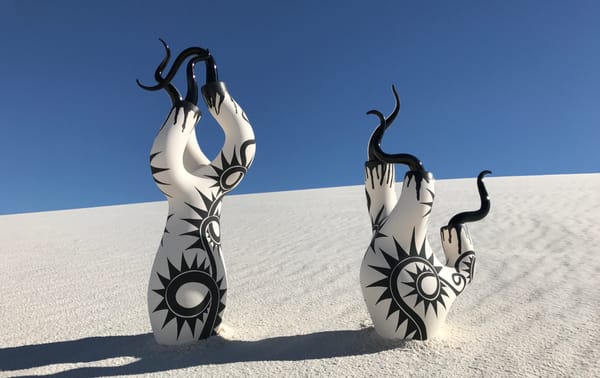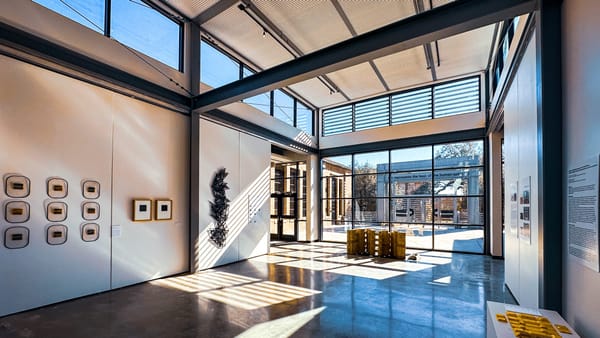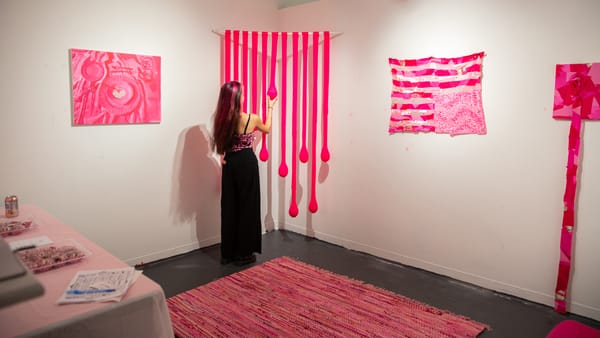228 Arts Institutions Laid Off 28% of Workers After Receiving PPP Loans, Research Says
AFSCME found that out of $1.6 billion given to about 7,500 cultural institutions that qualified for PPP loans, about half of the money went to just 228 recipients.
The primary purpose of the Paycheck Protection Program (PPP), approved by the US Congress at the onset of the COVID-19 pandemic in March of 2020, was to help affected businesses retain their workforce through extended shutdowns and mounting revenue losses. But a new report says that some of the most prominent cultural institutions were quick to lay off workers at the first opportunity after receiving over $1 billion combined in taxpayer-funded forgivable loans and grants.
Released last week by the American Federation of State, County and Municipal Employees (AFSCME), the report analyzed federal data, audited financial statements, and media reports relating to thousands of museums, zoos, and botanical gardens. It found that out of $1.6 billion given to about 7,500 cultural institutions that qualified for PPP loans, nearly half of the money ($771 million) went to just 228 recipients. These same 288 institutions collectively laid off more than 14,400 employees, or at least 28% of their workforce.
Museums were reported to be among the hardest hit during the pandemic. The American Alliance of Museums (AAM) estimated in a survey that shuttered museums in the United States lost at least $33 million a day during the lockdown, accumulating combined losses in the billions. In an analysis from October of 2020, the AAM also reported that 53% of museums had laid off or furloughed staff. Most affected by the cutbacks were low-paid staff working in frontline services, education, maintenance, and security. Among those workers, many are people of color.
However, AFSCME's report found that not all museums faired that poorly during the pandemic. In fact, an analysis of 69 cultural institutions with available financial data revealed that 67% of them ended fiscal year (FY) 2020 with operating surpluses.
The Museum of Contemporary Art, Los Angeles (MOCA), which received $3.3 million in PPP loans, laid off 97 workers during the pandemic despite ending FY 2020 with a $2.3 million surplus. Nearby, the Natural History Museums of Los Angeles County ended FY 2020 with a $23.9 million operating surplus after receiving a $4.8 million PPP loan. And yet, it furloughed its 127 part-time employees from March 2020 until the end of December 2020.
The Museum of Science, Boston, was initially too large to qualify for the PPP program, which was designated for institutions with 500 or fewer employees. After laying off 309 workers during the pandemic — almost half of its workforce — it qualified for the next round of loans and received $4.7 million in 2021.
“Through their massive endowments and dependence on wealthy donors, these large institutions already had the financial resources to withstand the pandemic-related shutdowns that many of their smaller counterparts lacked,” the report states.
Unions were a major factor in defending worker rights during the pandemic, the report adds. (Its researchers note that "many institutions are only partially organized, and CWU lacks bargaining unit data for many of them. Thus, we in fact understate the role of unions in preventing layoffs.")
Unionized workers experienced 28% fewer staff reductions on average than nonunionized workers and enjoyed recall rights during layoffs, health and safety committees to address COVID-19 concerns, and the ability to negotiate hazard pay.
But organizing has its limits: While plagued by union-busting allegations, the Philadelphia Museum of Art received a $5.1 million PPP loan despite laying off 127 workers during the pandemic. The union continues to voice concerns, testifying that workers are overworked with the reduced staff size.
"Not only did the billions in public money not prevent museums from perpetrating mass layoffs throughout the pandemic, but museum management also did not prioritize their workers and, in fact, disproportionately targeted their lowest-paid workers," the report concludes.
In a recommendation section, it calls on elected officials to pass the Protecting the Right to Organize (PRO) Act, which would establish a nationwide right to organize for public sector workers. The report also calls on museums to publicly disclose how they use taxpayer money and prioritize the interests of their workers over "exorbitant director salaries, expansion projects or buying art during an economic crisis."





